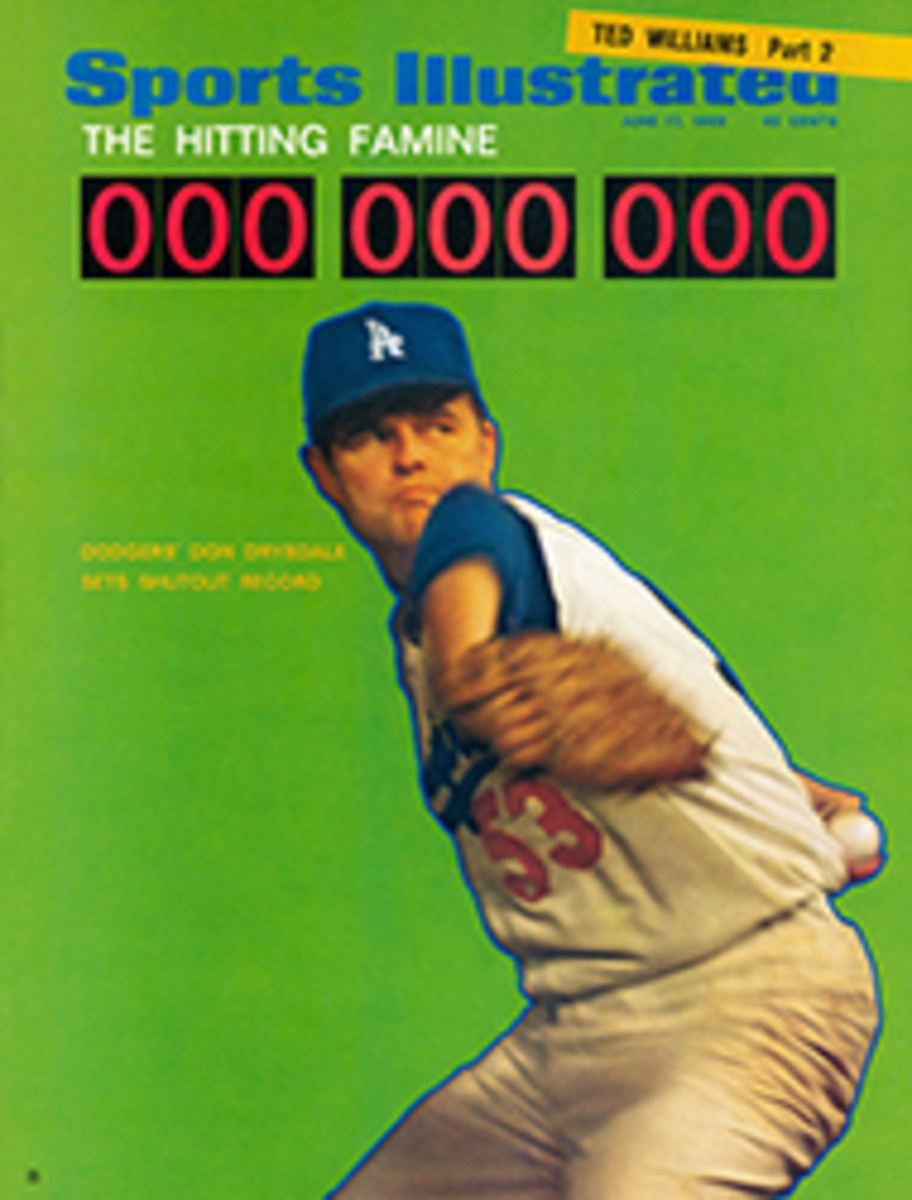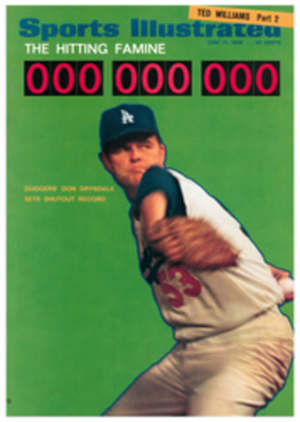
Pomp Has Its Rival in Racing
An hour's glide by Rolls-Royce from London, today's Ascot, with its superb turf course, costs rather more than the ¬£18 Queen Anne paid for posts and paint to mark the track in 1711. The cost of rebuilding the Royal Enclosure, in 1964, came to more than $3 million. But the weather can be counted on to be as unaccommodating as it was in Anne's day. At least one and often all four racing days are held under a downpour. Even so, Ascot remains the place to be during mid-June, and anyone turned down for a badge to the Enclosure slinks off to Paris or Glasgow, pleading urgent business. The fashion-proud still parade the latest and most extravagant attire, and a minor sensation of the reign of Queen Elizabeth II, as of Queen Anne's, is the presence of ladies in pants. The chroniclers of one of the first Ascot meetings, including Jonathan Swift, were shocked to observe that a certain Miss Forester, presumably well born, came dressed as a man. Last year an 18-year-old Indian girl named Bina Shivdasani was ushered firmly out of the Royal Enclosure because a pair of Bermuda-length bloomers were seen to extend well below the hem of her miniskirt. Miniskirt, yes; pants, no—though a couple of culotte suits slipped past before the attendants caught up with them. "No woman would wear trousers at a smart wedding," said Miss Anne Ainscough, secretary to Ascot's ma√Ætre d'h√¥tel, Bernard Marmaduke Fitzalan-Howard, Duke of Norfolk, Earl Marshal and Her Majesty's Representative at the course.
Of course, not everyone comes to Ascot dressed for a wedding. Three-quarters of the daily crowd of 40,000 are just racing fans. And hardly obscured by the titles and top hats is the fact that some of the world's best horses are there to race. Ascot's premier event is the Gold Cup, traditionally held on the third day (Gold Cup Thursday), 2½ miles for 3-year-olds and up. It has long been a major international test.
The original cup, though stolen in 1907 and never recovered, has been contested since 1807. In 1829 George IV paid 4,000 guineas for a horse named The Colonel solely in the hope that he had a Gold Cup winner. But The Colonel lost to Lord Chesterfield's Zinganee, so the king bought him. He entered Zinganee for the Gold Cup the following year, but on the day of the race George IV lay sick and dying. The Royal Box was closed, and a gloomy rain fell. A messenger stood by at the course to rush the report to the dying king, but it was scarcely good medicine. Zinganee ran last.
In 1936 William Woodward sent over his Triple Crown winner, Omaha, to challenge for the Gold Cup. Omaha started as an 11-to-8 favorite over the British-trained Quashed, and the two horses were locked together in front like a chariot team for the first two miles. They were still bit to bit coming out of the last bend, but in the stretch Quashed inched ahead and won by a short head. In 1949 shrewd planning by Lord Derby gave Britain another victory over an American favorite, Black Tarquin. Lord Derby entered three horses, using two as a pace-setting team in the hope of drawing Black Tarquin out to an over-fast pace and leaving the day to Alycidon, the star of his stable. It worked, Alycidon winning by five lengths.
Gold Cup entries now come from all over the world and there is some danger that the excellence of the racing may soon overshadow the pomp of the Royal Enclosure. Hard pressed as the pound itself and living under an austerity program, many Britons resent both the expense and the snobbery of the show. An applicant for an Enclosure badge not long ago was turned down because he was on the board of a large bookmaking firm. He showed up anyway—as a guest of the Queen. Last year Ascot reluctantly accepted applications for badges on a per diem ($9.60) basis. But this did not mean the bars were coming down. All applicants were at the mercy of the Duke of Norfolk, and his appraising eye was as jaundiced as ever.

